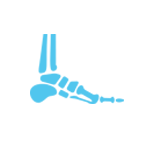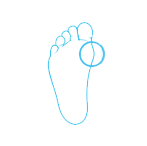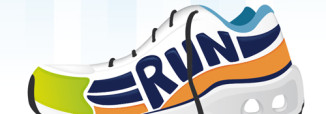Callus
Calluses are areas of thickened skin that develop as a result of repetitive pressure and friction. The thickened skin forms to protect the skin from chronic irritation. Calluses are located on weight bearing areas of the foot, especially the ball or heel.
Causes
Calluses develop in response to repetitive pressure and friction.
Common causes are:
- Ill-fitting shoes, socks or stockings that are too tight around the toes.
- High heel shoes which force pressure on the tips of the toes.
- Shoes that are too loose and allow the foot to slide within the shoe.
- Structural deformities of the foot resulting in excessive pressure on the bottom of the foot
Symptoms
Calluses get thicker over time which results in sharp pain due to pressure on nerves and underlying joint. They usually have a dull yellowish appearance and skin lines are typically visible. They are often confused with a wart. Calluses left untreated can result in the underlying skin to break down and ulcerate leading to an infection. In patients with diabetes or circulation problems this can be quite serious.
Diagnosis
Calluses are typically diagnosed based on appearance. Your Podiatrist will examine your feet, shoes, and gait to determine the cause of the irritation. X-rays may be performed to evaluate the underlying bony structure.
Treatment
The goal to treatment of a callus is to eliminate excessive friction. This is done either conservatively or surgically.
Conservative treatment involves removing the external forces on the toes that are causing friction.
- Proper shoe gear is a must.
- Change in socks: padded sock, two layers of socks, or newer two layer socks work well in decreasing friction.
- Lubrication of problem areas with a petroleum product can aid in decreasing friction.
- Foam or silicone pads can be used to decrease pressure and friction.
- Visit you podiatrist who can remove some of the thickness of the callus.
NEVER use of chemical corn/callus removal products or cutting the corns especially if you are diabetic, have circulation or immunity problems.
Surgical treatment is an option should conservative treatment fail. The goal of surgery is to manage the deformity that is causing the excessive pressure.
*For products to decrease friction and prevent a callus we recommend footsupplystore.com
*If you have a callus, please call our office (numbers below) or fill out the contact form and we will contact you.











 114 West Mount Pleasant Ave
114 West Mount Pleasant Ave